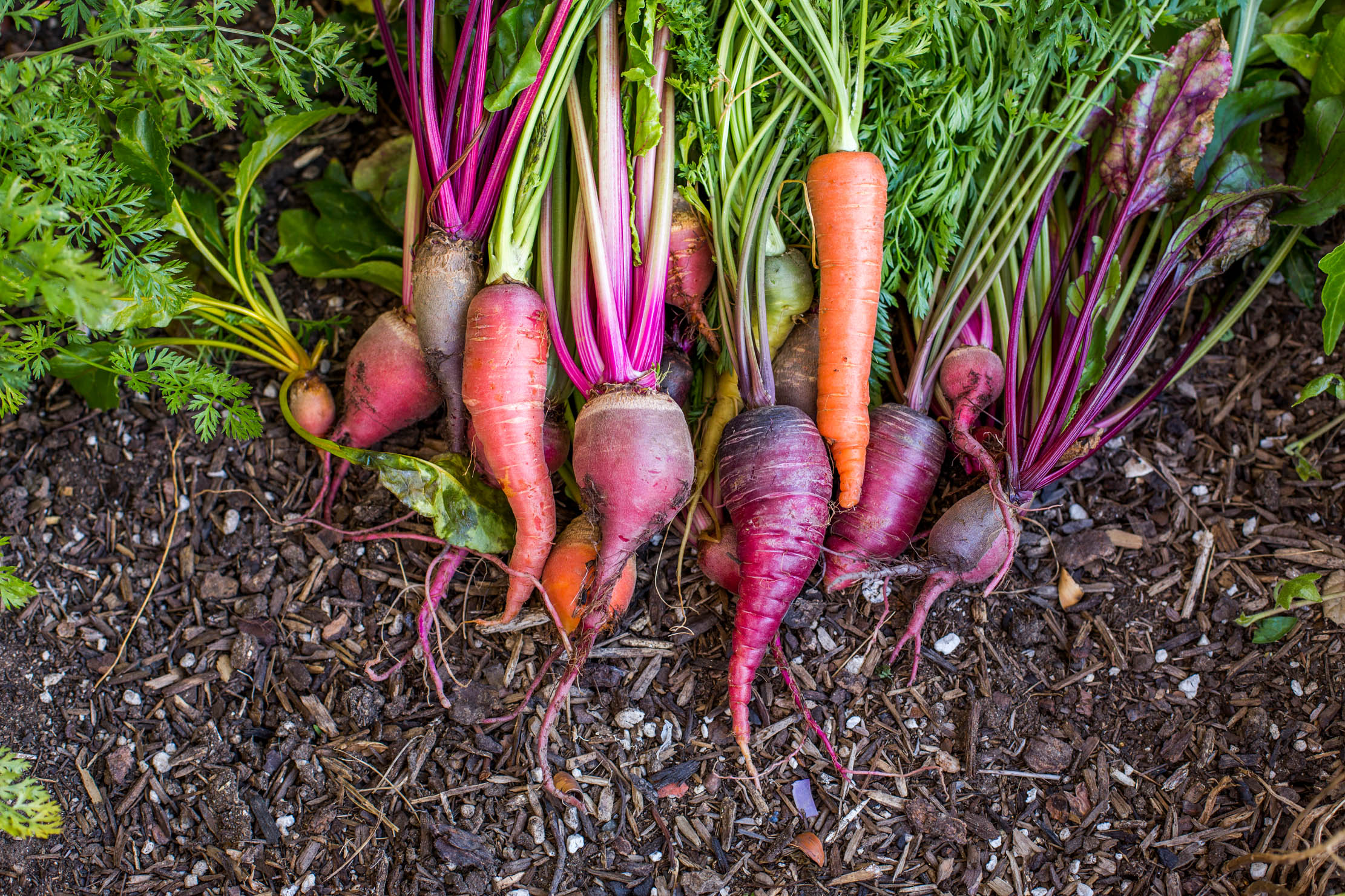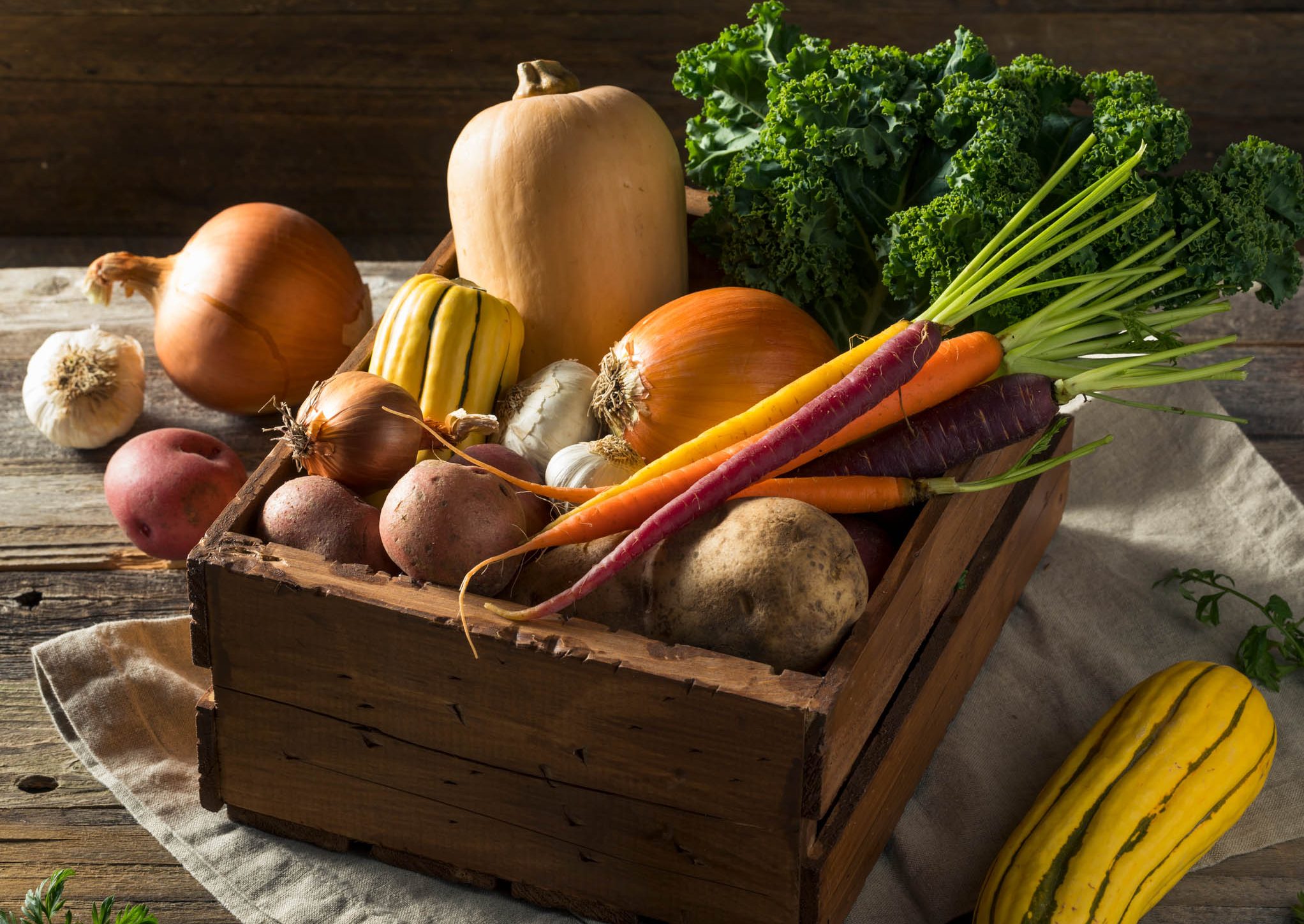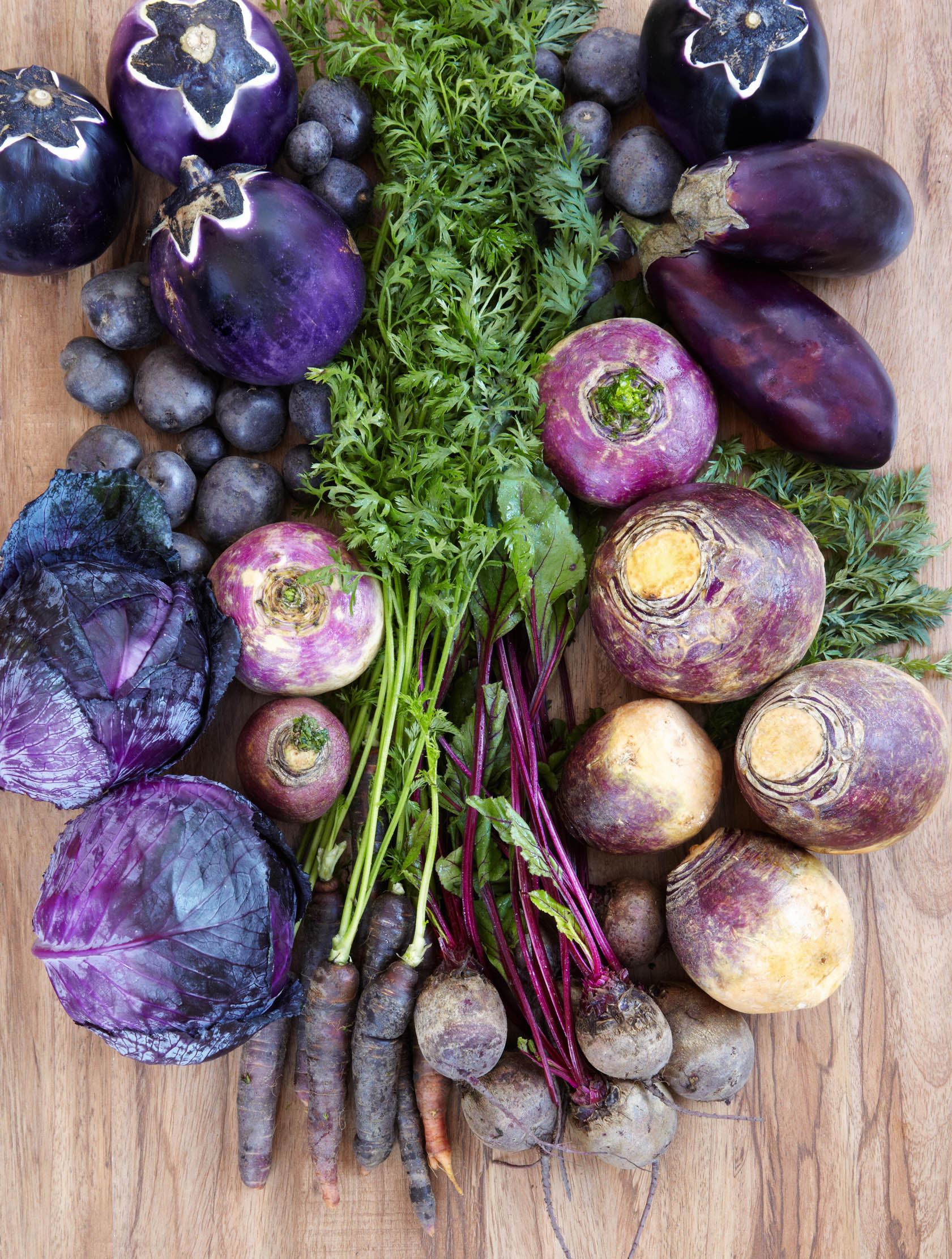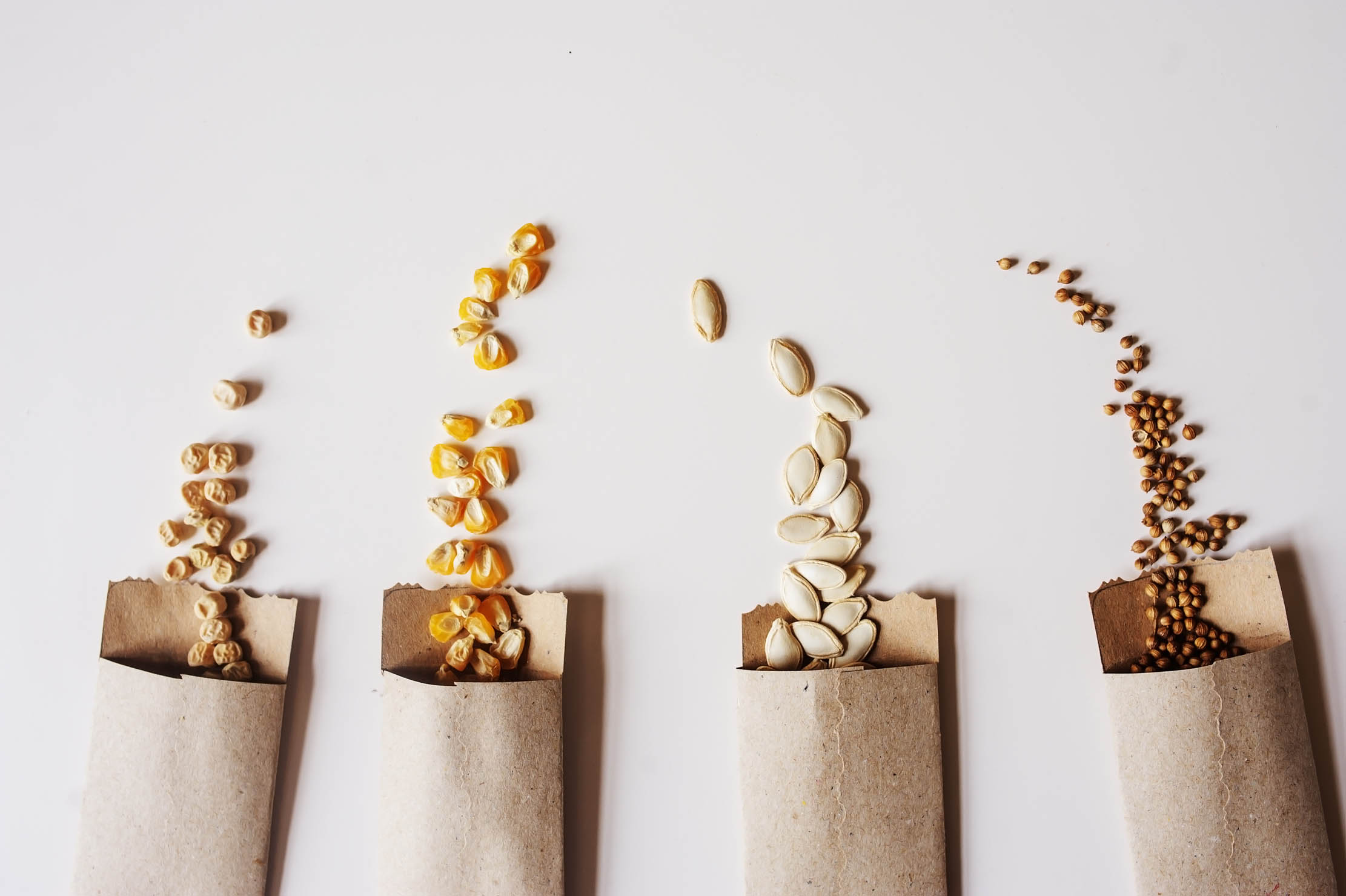How to grow vegetables which look as good as they taste
Vegetable needn't be drab or dull — all you have to do is pick the right varieties. Steven Desmond shares some of his best tips.

There used to be something precious about the idea of settling in a dimly lit room in the dead of winter with a glass glinting in the reflection of an open fire, finally beginning the task of working through a pile of the new season’s seed catalogues.
The great attraction lay in the luxury of a clear conscience, knowing there were no more urgent tasks in hand for a day or two and thus a degree of self-indulgence was in order. All those notions have faded like the morning dew as having nothing much to do and nowhere to go has become an international way of life.
We can console ourselves in this instance with the thought that forward planning is always commendable and that growing vegetables is a Good Thing. There may be less of the open fire and more scrolling down a screen than there used to be, but the exercise itself is equally as enjoyable and worthwhile. The rubbing of hands is permitted.

Most vegetable growers are creatures of habit, as we all know what we like and what does well on our soil, so it is likely that the same old favourites will make their annual appearance. But it is always a good idea to grow something previously untried each year.
The results will vary. I grew salsify once many years ago — and never since. On the other hand, the first time I grew shallots on my then nice sandy loam, they produced a superb crop that tasted delicious, took second prize on the show bench and provided a supply well into the new year, so the exercise is always worth it one way or another.
One tendency that has gradually been growing in the vegetable-eating public’s mind in recent decades concerns colour. The British have become more interested in food over the past 20 years or so and part of that interest extends to what it looks like. This might be merely a passing taste for novelty, but there is merit in dabbling with the idea to see if there is something more durable in it.

It is worth looking through the catalogues to see what variations there are that might brighten up your plot. One simple option is the crimson-flowered broad bean offered by many suppliers nowadays. The first time I saw a row of these I was immediately delighted and, although the variegated brilliance of Villandry might not be the answer to all your dreams, there is nonetheless no reason why your kitchen garden should not look pretty, as well as practical.
Exquisite houses, the beauty of Nature, and how to get the most from your life, straight to your inbox.
To take that colour notion a step further, you must have noticed the recent tendency for carrots on your restaurant plate to be every colour other than orange. Personally, I like my carrots orange and ‘heritage’ has nothing to do with it, as all the multi-coloured forms are newly bred, but it’s worth a try and, who knows, this might be the future.
You could go for a monochrome display of purple with a carrot such as ‘Purple Sun’, the white ‘Snowman’ or the positively shocking pale-pink ‘Ruby Prince’, the latter frankly not something you would serve to Lady Bracknell. The easy alternative for the indecisive is a mixed selection, of which most catalogues provide worthwhile examples nowadays.

Those bored with the view of overwhelming green allotments from the train window may console themselves with the realisation that it was never necessary anyway. We might follow the example of the Germans and their neighbours and grow a cabbage such as ‘Red Drumhead’, which, after all, has been with us since the 18th century. This is such a delight in midwinter cooked in a little butter and simmered with a dollop of apple sauce and some sultanas that life will never seem quite the same again.
Still on the brassica front, we seem to have learnt to admire the Tuscan kale ‘Cavolo Nero’, and deservedly so, but the wonderful ornamental-and-edible Italian cauliflower/broccoli called ‘Romanesco’ has never caught on here, to my chagrin. All those lime-green polyhedrons are as handsome on the plate as on the ground and you can gaze on the wonders of the Fibonacci Sequence on your fork as it approaches your mouth. This is the Enlightenment in vegetable form.
Regarding climbing beans, there are many optical delights on offer. Purply forms such as ‘Amethyst’ and the softly butter-textured pale-yellow ‘Merveille de Venise’, which sounds like the title of a coquettish operetta, are readily available with a little pleasant searching, and the famously decor-ative ‘Lingua di Fuoco’ (‘tongue of fire’) is one of the visual feasts of the vegetable plot in late summer. It is a definite disappointment that that they all turn green when cooked, so that no one really believes you.

Another form of visual attraction in the kitchen garden is shape. The tomato is kind to us in this and other respects, offering so many variations that we need never grow the same kind twice, unless we wish to. Among the more handsome forms to be found in various catalogues is one of my favourites, ‘Black Russian’, the crimson fruit of which and, indeed, the flesh within, are luridly stained with charcoal tones.
If you shrink from such drama, there is still the magnificence of the beefsteak forms to consider, generally of Italian extraction with names containing the term costoluto or ribbed.
To finish with a flourish, we should branch out somewhat from the infinite forms of the lettuce in our salads to the more substantial fare favoured across the channel. The frilly centre of the endive is a thing of beauty, as well as an invaluable ingredient. A handsome form is ‘Escarole Bionda’, with pale ruffles in a green frame.

And if we can force rhubarb, surely we can do the same to chicory, the leaves of which combine so well with walnuts and vinaigrette, and the favourite of the Edwardian gentleman’s table, seakale. Both are grown from seed in the first year and forced in darkness the second. A long gestation, you may think, but nothing in comparison with asparagus and nobody minds waiting for that.
There are endless minor pleasures available to the patient searcher within these catalogues. As my mother used to say when I was a child, how do you know you don’t like it if you haven’t tried it?
Five places to get top vegetable seeds
Kings Seeds, Kelvedon, Essex — www.kingsseeds.com
T. Brown, Newmarket, Suffolk — www.dtbrownseeds.co.uk
Franchi Sementi, Bergamo, Italy, via Just Seed, Wrexham, Cheshire — www.justseed.com
Thomas Etty, East Malling, Kent — www.thomasetty.co.uk
Marshalls, Huntingdon, Cambridgeshire — www.marshallsgarden.com
-
 What on earth is the person who comes up with Annabel's otherworldly facade displays on? London's most magical Christmas shop displays
What on earth is the person who comes up with Annabel's otherworldly facade displays on? London's most magical Christmas shop displaysPhotographs by Greg Funnell.
-
 What trees taught me about perfect planting — Alan Titchmarsh
What trees taught me about perfect planting — Alan TitchmarshSense and patience is key to growing healthy trees, as a certain Mr Mackenzie showed a young Alan Titchmarsh